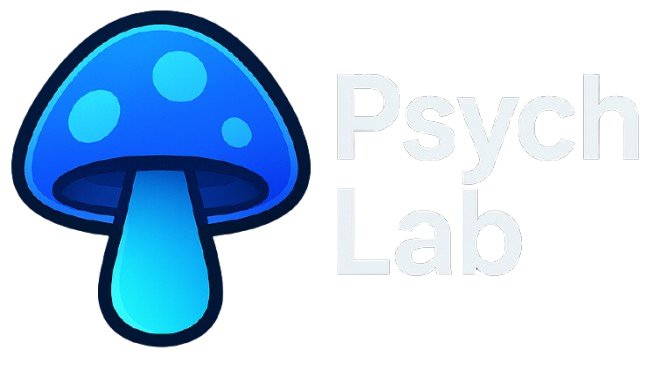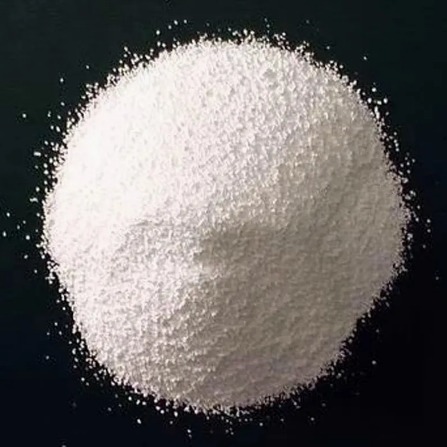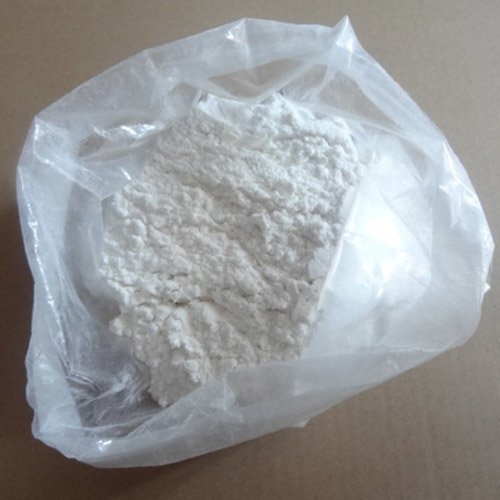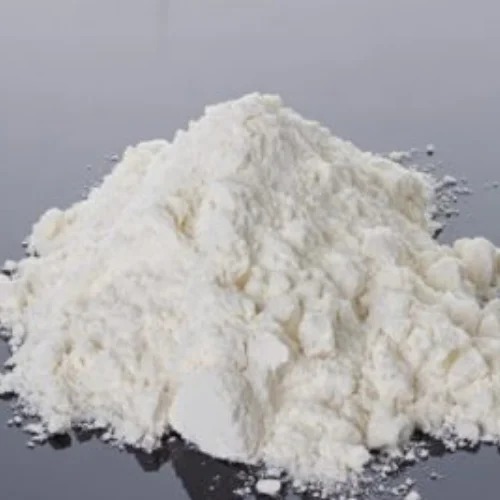DMT (N,N-Dimethyltryptamine)
$75.00
DMT (N,N-Dimethyltryptamine) is a potent, naturally occurring psychedelic research chemical that interacts strongly with serotonin receptors. Used primarily in neuropharmacology and psychedelic research, it offers rapid, intense psychoactive effects and is favored in studies on perception, mood, and brain receptor function. Available as a high-purity compound shipped from USA and Europe for research purposes.
Price is per gram (g) for bulk pricing, contact us
Buy DMT (N,N-Dimethyltryptamine) – USA & Europe
1. What is DMT (N,N-Dimethyltryptamine)?
DMT, or N,N-Dimethyltryptamine, is a naturally occurring psychedelic compound belonging to the tryptamine family. Known for its intense hallucinogenic effects, DMT is found in various plant species and animals and is also produced endogenously in humans. It is commonly used in neuropharmacological research due to its powerful action on serotonin receptors that modulate perception, cognition, and mood.
2. Chemical Composition & Structure of DMT
Chemically, DMT is a tryptamine derivative with the molecular formula C12H16N2. It comprises a tryptamine core structure with two methyl groups attached to the terminal nitrogen of the ethylamine chain. DMT appears typically as a white crystalline powder or clear crystals with a pungent odor. It shares structural similarity with neurotransmitters serotonin and melatonin, influencing its biological activity.
3. Research Applications of DMT
In research, DMT is pivotal for studying serotonin receptor pharmacology, particularly 5-HT2A, 5-HT1A, and 5-HT2C subtypes linked to psychedelic effects. It is employed to explore mechanisms of perception, brain signaling pathways, and therapeutic potentials for mood disorders, including treatment-resistant depression. DMT’s endogenous presence also makes it a subject in studies related to neurophysiology and mental health.
4. Recommended Laboratory Handling & Safety Guidelines
DMT should be handled with standard laboratory chemical safety practices. Use personal protective equipment including gloves, lab coat, and eye protection. Avoid inhalation, ingestion, or direct skin contact. Work in a well-ventilated area or fume hood. Handle with care to prevent contamination or accidental exposure.
5. Hazard Warnings & Risk Statements (GHS Classification If Applicable)
DMT is considered a hazardous substance with potential health risks if mishandled. It may cause skin irritation, respiratory issues, or psychoactive effects if absorbed or inhaled. Classified under the Globally Harmonized System (GHS), it requires appropriate labeling and risk communication for handling and storage.
6. Compatibility with Other Reagents or Substances
DMT is compatible with many organic solvents but should be tested prior to experimental use. Avoid contact with strong oxidizers and acidic or alkaline environments that may degrade the compound. Alcohol-based solvents may be used cautiously but require validation as they might affect compound stability.
7. Emergency Protocols for Accidental Exposure
In case of skin contact, immediately wash with plenty of water and soap. If inhaled, move to fresh air and seek medical attention if symptoms such as dizziness or respiratory distress occur. For eye exposure, rinse cautiously with water for several minutes and consult medical personnel. Ingestion calls for immediate medical intervention.
8. Storage Stability & Shelf Life Monitoring
Store DMT in a cool, dry, and dark environment, preferably in airtight containers to avoid moisture absorption, which can degrade quality. Properly stored, DMT remains stable for extended periods, but it is recommended to monitor regularly for discoloration or crystal changes indicative of degradation.
9. Can Researchers Purchase DMT Without a License?
Yes, researchers can purchase DMT as a research chemical without a license through our website. However, it is the responsibility of the researcher to verify the legality of purchasing and possessing DMT in their jurisdiction prior to ordering.
10. Is It Legal to Order DMT Online in My Country?
Legality varies globally: most countries list DMT as a controlled substance. Some jurisdictions allow its use in religious or traditional contexts, such as ayahuasca ceremonies. Customers are advised to consult local laws before purchasing to ensure compliance.
11. Is DMT Considered Safe for Laboratory Use?
When handled according to standard laboratory safety protocols, DMT can be safely used for research purposes. Risks are minimized through careful dosage control, protective equipment, and containment measures to prevent exposure.
12. Special Considerations for Researchers with Medical Conditions
Individuals with cardiovascular issues, psychiatric conditions, or weakened immune systems should approach handling DMT with caution and consult healthcare professionals before experimentation due to its potent psychoactive effects and physiological impact.
13. Allergen Exposure Risks When Handling DMT
No significant allergenic responses are commonly reported, but sensitive individuals should be aware of potential skin irritation or respiratory sensitization and use appropriate personal protective equipment.
14. Can DMT Be Used in Combination with Other Research Materials?
DMT can be combined with certain monoamine oxidase inhibitors (MAOIs) for research on oral bioavailability and enhanced activity, similar to ayahuasca. Compatibility with other substances must be confirmed experimentally to avoid unwanted reactions.
15. Can Pregnant Researchers Handle DMT?
Due to unknown effects on fetal development and potential risks, pregnant researchers are advised not to handle DMT.
16. Proper Handling Protocols for Best Experimental Consistency
Prepare DMT stock solutions under inert atmosphere if possible. Use calibrated pipettes and analytical balances for dosing. Store aliquots to minimize freeze-thaw cycles and avoid contamination.
17. Optimizing Research Output with DMT
Use high-purity (>98%) DMT prepared under controlled laboratory conditions. Validate receptor engagement through pharmacological assays and monitor in vivo or in vitro responses with appropriate controls.
18. Reported Results and Efficacy in Experimental Settings
DMT consistently elicits rapid and potent serotonergic activation, making it a model substance for psychedelic research. Clinical trials show promise for mood disorder treatment, though experimental results should be evaluated within ethical and safety guidelines.
19. Known Adverse Reactions or Lab Incidents
Adverse effects include possible acute psychoactive episodes if exposure occurs without adequate precautions. No widespread lab incidents reported with proper handling.
20. What To Do in Case of Severe Exposure or Contamination
Seek immediate medical attention. Remove contaminated clothing, decontaminate affected areas, and provide supportive care. Report incidents to safety officers.
21. Can Alcohol-Based Solvents Be Used with DMT?
Yes, alcohol solvents like ethanol can be used, but stability tests are recommended, as some degradation is possible depending on solvent purity and storage conditions.
22. What If I Skip a Scheduled Measurement or Test Cycle?
Delays in measurement may affect reproducibility and data integrity. Resume experimental protocols promptly and document variations for scientific accuracy.
23. Maximum Recommended Duration of Experimental Storage or Use
Store DMT stocks up to 12 months under recommended conditions. Experimental usage should avoid prolonged exposure to light or moisture.
24. Stability After Discontinuation of Testing
DMT remains stable if stored correctly post-experiment. Dispose of any degraded material per hazardous waste guidelines.
25. Is There Risk of Dependency or Sensitization?
DMT is not considered addictive but may cause psychological sensitization with repeated exposure. Follow ethical research use guidelines.
26. Long-Term Storage Recommendations for DMT
Keep in a sealed container, protected from heat, light, and humidity. Avoid plastics that may absorb the compound; glass containers are preferred.
27. Alternative Research Chemicals with Similar Properties
4-AcO-DMT, 5-MeO-DMT, psilocybin, and synthetic tryptamines offer related serotonergic activity and psychedelic profiles for comparative research.





Reviews
Clear filtersThere are no reviews yet.